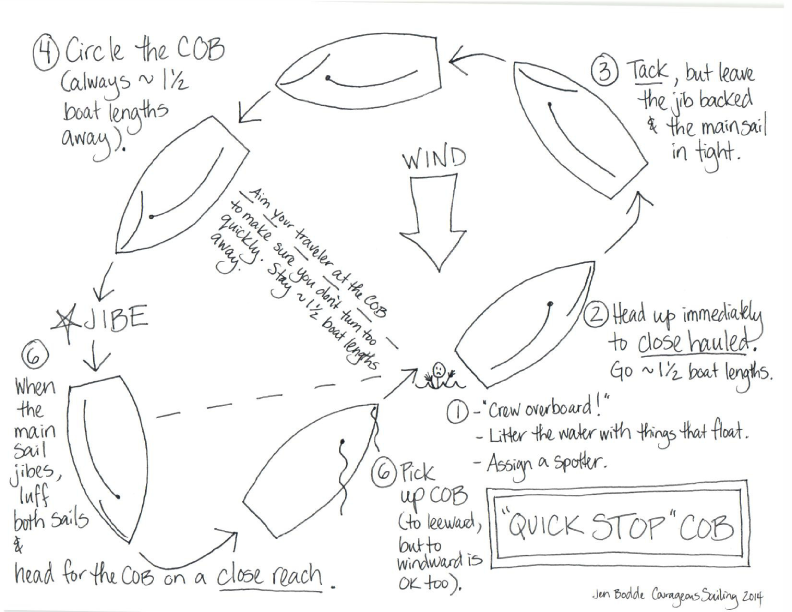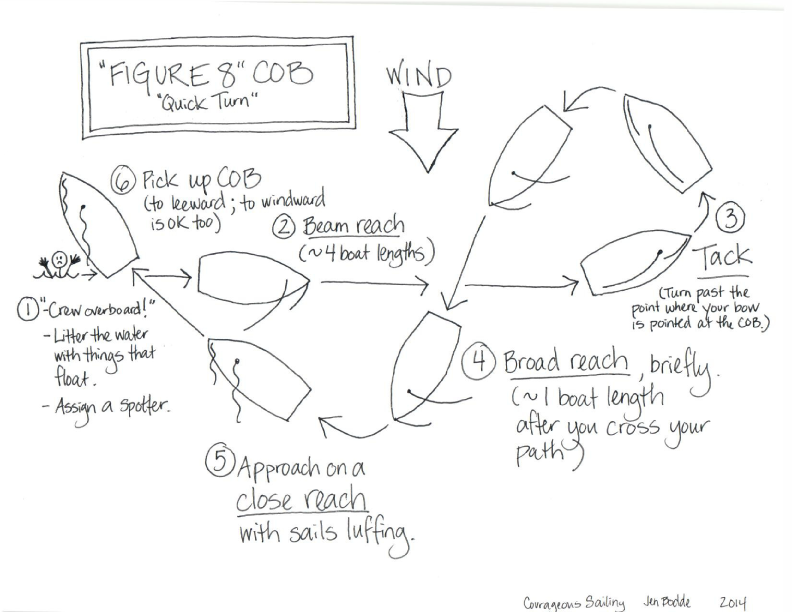Courageous Resources

Flag Ratings
Our Rating System for Sailing Experience
- The Red Flag rating is our entry-level skipper rating and allows you to practice
skills close to Courageous without an instructor aboard. - The Yellow Flag rating is our intermediate rating--perfect for exploring
the Inner Harbor--and it’s held by the majority of our members. - The Green Flag rating is our advanced rating, designed for sailors who can handle most
weather conditions (and any accidents or breakdowns) safely and independently.
Our Flag Rating Guide goes into more detail, listing the sailing skills and the testing process required to earn each flag rating.
In Case of Emergency
What To Do If the Unexpected Happens
Of course, here’s hoping that none of us ever need to put any of this information to use! That being said, it never hurts to be prepared. These guidelines are for Courageous boats without engines, though many apply to the cruising boats as well. If you’re new to sailing, don’t be intimidated by this information! Remember, a Courageous safety boat is just a phone call or radio hail away.
Summary
- Know the limits of your skills, and don’t go sailing if you’re not feeling confident.
- If something goes wrong or you have concerns or questions, CALL OR RADIO COURAGEOUS! (617) 242-3821, or Channel 69 on the VHF.
- If someone’s life is in danger, make a Mayday call to the Coast Guard on Channel 16, then notify Courageous. If you don’t have a radio, call Courageous and we’ll make the Mayday call.
- Communication is key. Courageous has an Emergency Action Plan, but we can’t put it into effect if we don’t know an emergency has happened!
- Always fill out the Boat Log completely (including phone numbers). Fill out a Float Plan if you’re going beyond the airport. If you change your plans, give us a call and let us know.
- Put Courageous’s number into your phone, and make sure your phone (or a radio) is on, charged, and audible.
- Answer your phone or respond to our VHF hail when we call you--we may be notifying you of a storm or other issue.
- Use the international signal of distress (crossing and uncrossing both arms over your head) or sound signals (most boats have a whistle or horn) to attract attention if necessary.
Crew Overboard Recovery













